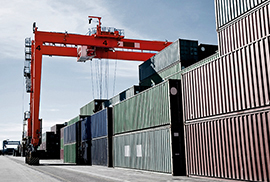Note is available here.
This note demonstrates how to use Rating Engine, a software developed by Risk Control Limited, to estimate probabilities of default (PD) for UK companies.
The software provides an environment for constructing and managing multiple scoring models, say for different sub-populations. The framework hosts scoring methodologies in the sense that a sequence of statistical steps may be organised and implemented in order with the final step being the completion and ‘publication’ of a scoring model.
When a model is ‘published’ it becomes available to other software systems in the sense that the Rating Engine provides web services through which other systems can submit, say, obligor and loan characteristics and receive in response an estimated default probability.
The data employed in this illustrative study is financial information about UK companies obtained from the government data sources: Companies House and The Gazette. These are the UK’s official public record of (i) company accounts and (ii) company announcements (including different forms of insolvency).
The financial data employed are taken from the annual balance sheets of each company. The default events or insolvency notices are listed by The Gazette.
The note shows through example how one may use the features and functionalities of the software to estimate PDs. The methodology employed is similar to standard, classical methods of credit scoring employed by banks for Small and Medium Enterprise (SME) borrowers. As well as the classical statistical techniques employed here, Rating Engine permits users to apply Artificial Neural Nets (ANN) for predicting default events.
The approach may be used by analysts interested in studying credit quality in borrower datasets. It provides a structured environment for model development in which the methodology is determined and the task of scoring is reduced to a set of inferences and choices based on diagnostic statistics.


